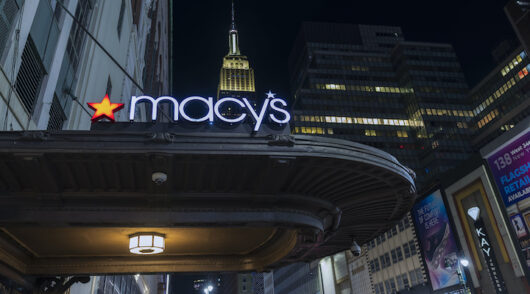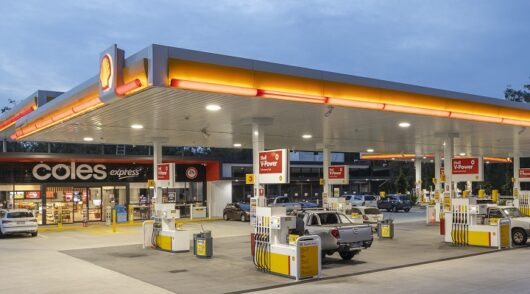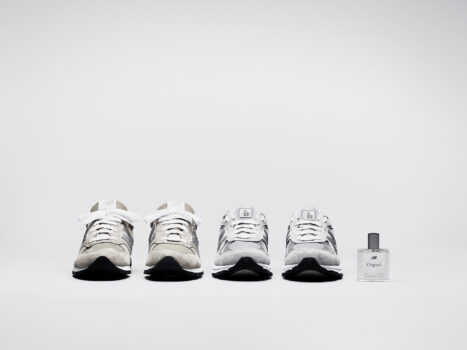 As more bricks-and-mortar retailers report a slowdown in sales over the Christmas period, eyes are invariably turning to shopping centres to understand the broader picture.
As more bricks-and-mortar retailers report a slowdown in sales over the Christmas period, eyes are invariably turning to shopping centres to understand the broader picture.
This picture doesn’t look particularly rosy at first glance, with Vicinity Centres having declared a 68.9 per cent fall in half-yearly profits last week to $235.3 million, impacted by a negative revaluation of its portfolio, as well as the continuing downward trend of footfall and consumer spend.
According to data from ShopperTrak, the week of Christmas 2018 saw a 22.5 per cent decrease in footfall compared to the previous year, and that figure has yet to improve dramatically. Almost two months into 2019, shopping centre footfall is still below last year’s level, and retailers are feeling it.
Both Vicinity Centres and GPT Group, which unveiled largely positive results recently, saw sales in their supermarket and department store divisions, which used to underpin their businesses, fall flat or negative.
“The underperformance of Myer and David Jones in particular has really impacted these businesses,” KPMG national leader for consumer and retail Trent Duvall told IRW.
“If your anchors are underperforming, that could put a valuation metric under pressure… [however] that is being offset by how they’re managing their footprint.”
Shopping centres have turned their focus to specialty retailers, which provide higher margins at the cost of being a far more intensive management experience. According to Duvall, many specialty retailers have actually reported higher-than-average Christmas results, though much of their growth was driven by a rise in online sales.
“A lot of the sales got brought forward into that November cycle when Black Friday, Cyber Monday and Singles Day were on [which] impacted sales in the centres as well,” Duvall said.
Riding the wave of online
But while Vicinity Centres’ regional, sub-regional and neighbourhood centres have dropped in value, its flagship portfolio, which includes Chadstone shopping centre, various CBD assets and DFO centres, is actually worth more.
Duvall has suggested that shopping centres could try to replicate the success they’ve had in turning major centres into destination centres across their portfolios to combat footfall declines in underperforming centres, though Vicinity, at least, has flagged plans to double down on its flagship and other high-potential assets instead.
But the more pressing issue shopping centres need to address, according to Duvall, is the rapid growth of online sales, and the fact that most centre operators don’t yet have a horse in the race.
Shopping centre operators have an opportunity to play a larger role as online malls, effectively becoming a one-stop shop online with click-and-collect and delivery services from tenants.
“Westfield has tried to do that, and it’s probably had mixed success but at least they’re putting the effort in and supporting their tenants,” Duvall said.
He believes shopping centres should at least be thinking about providing easy-to-access, central click-and-collect hubs for tenants and shoppers. This could even enable some smaller retailers without click-and-collect offerings to offer the service through the centre operator itself.
“It doesn’t matter which of the specialty stores might be in the centre [because] they can all have a convenient pick-up points for people who are wanting to buy online and pick-up rather than having to have [a product] home delivered,” Duvall said.
“And if these guys can collect [a percentage] of an online sale, that’s going to help.”





